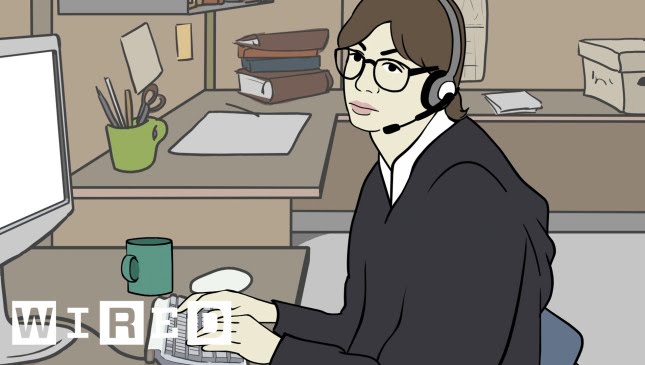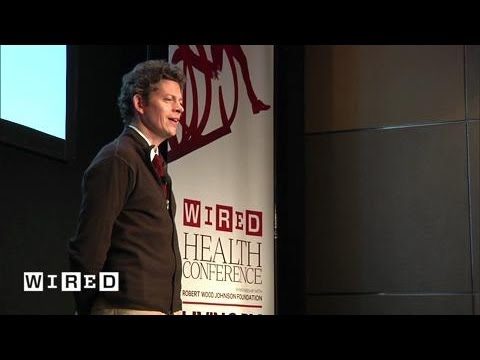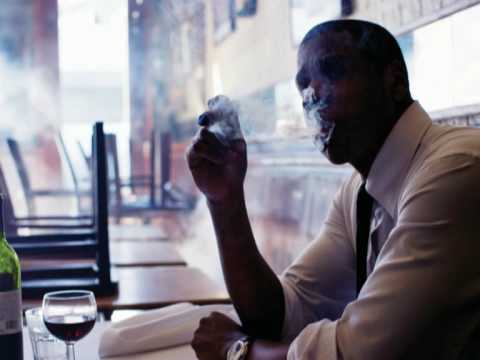Fire Tornadoes: A Vicious Cycle of Extreme Fire Behavior
Summary
Assistant Professor Neil Larea talks about the phenomenon of fire tornadoes, which are extreme occurrences that have only been documented twice in history. He explains how a combination of strong winds, inflow jets, and fire-induced wind leads to the formation of giant columns of hot gas and flames that can rip apart buildings and uproot trees. Larea also discusses the vicious cycle of a fire tornado, which prevents it from mixing with its environment and allows it to retain heat. He emphasizes the importance of recognizing the factors that contribute to extreme fire behavior to keep people safe.
Table of Contents
- How do fire tornadoes form?
- What distinguishes fire tornadoes from fire whirls?
- How does a fire-generated thunderstorm contribute to a fire tornado?
- What is long-distance spotting?
- What is the impact of fires on settled areas?
- Why is it important to recognize extreme fire behavior?
How do fire tornadoes form?
Fire tornadoes develop when a wildfire creates a rising current of hot air, called an updraft. This updraft draws in air from the surrounding areas, leading to the formation of a horizontal wind, which is essentially converging from all directions into the location of the updraft. This is known as an inflow jet or a fire-induced wind. In some cases, the presence of shear winds in the environment can lead to the development of a fire tornado. Additionally, the updraft and the horizontal winds can create rotation in the lower atmosphere, which feeds into the formation of a fire tornado.
What distinguishes fire tornadoes from fire whirls?
Fire tornadoes and fire whirls start with strong updrafts from the fire and strong inflows related to the fire itself. However, fire tornadoes are distinguished by the fact that they concentrate the rotation in the lower atmosphere. This happens when the fire initiates its own weather system and develops a link to an overlying pyrocumulonimbus cloud, which is essentially a fire-generated thunderstorm. Furthermore, fire tornadoes are bigger than fire whirls, and they have the potential to rip apart buildings and uproot trees.
How does a fire-generated thunderstorm contribute to a fire tornado?
Fire-generated thunderstorms occur when the huge amounts of heat generated by a wildfire causes a column of hot air and water vapor to rise high enough in the atmosphere to reach a point where it can no longer hold the initial amount of water. This forces the water to go from the invisible phase into a liquid cloud droplet, releasing tremendous amounts of heat in the process – this is what fuels an ordinary thunderstorm. Once a fire triggers its own weather system, the column of hot air rising from the wildfire can continue to add heat back into the column, enabling it to rise even higher and develop even more.
What is long-distance spotting?
Long-distance spotting occurs when embers from a wildfire are thrown in advance of the fire, potentially falling a mile or more in front of it. These embers can then start new fires, making it harder for firefighters to get a handle on the outbreak. Even green spaces and irrigated areas can be vulnerable, given that the geometry of a structure can let embers build up, making them a receptive fuel source for the fire.
What is the impact of fires on settled areas?
Settled areas pose a different challenge to firefighters, given that houses provide significant fuel to the fire. As you move into town from the wilderness, the fire will behave differently because the fuels are different. Houses add to the fuel, making it critical to get people out of harm’s way as quickly as possible.
Why is it important to recognize extreme fire behavior?
Extreme fire behavior can be unpredictable, and firefighters can’t rely solely on past experiences to determine what a fire might do next. By recognizing the factors that contribute to extreme fire behavior, forecasters and fire managers can be better prepared to recognize these events in the future and to take the necessary steps to get people out of harm’s way in a timely fashion. As the length of the fire season continues to increase, so too does the potential risk of experiencing extreme fire behavior.






